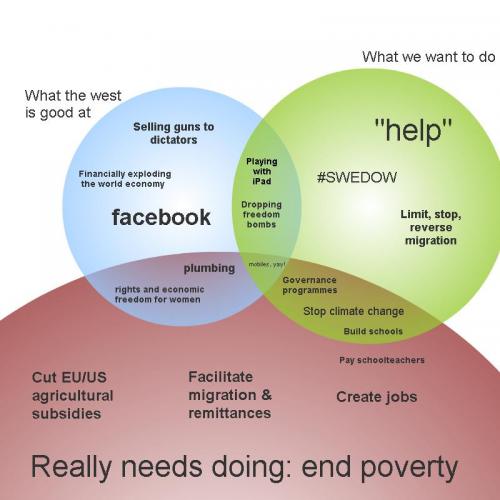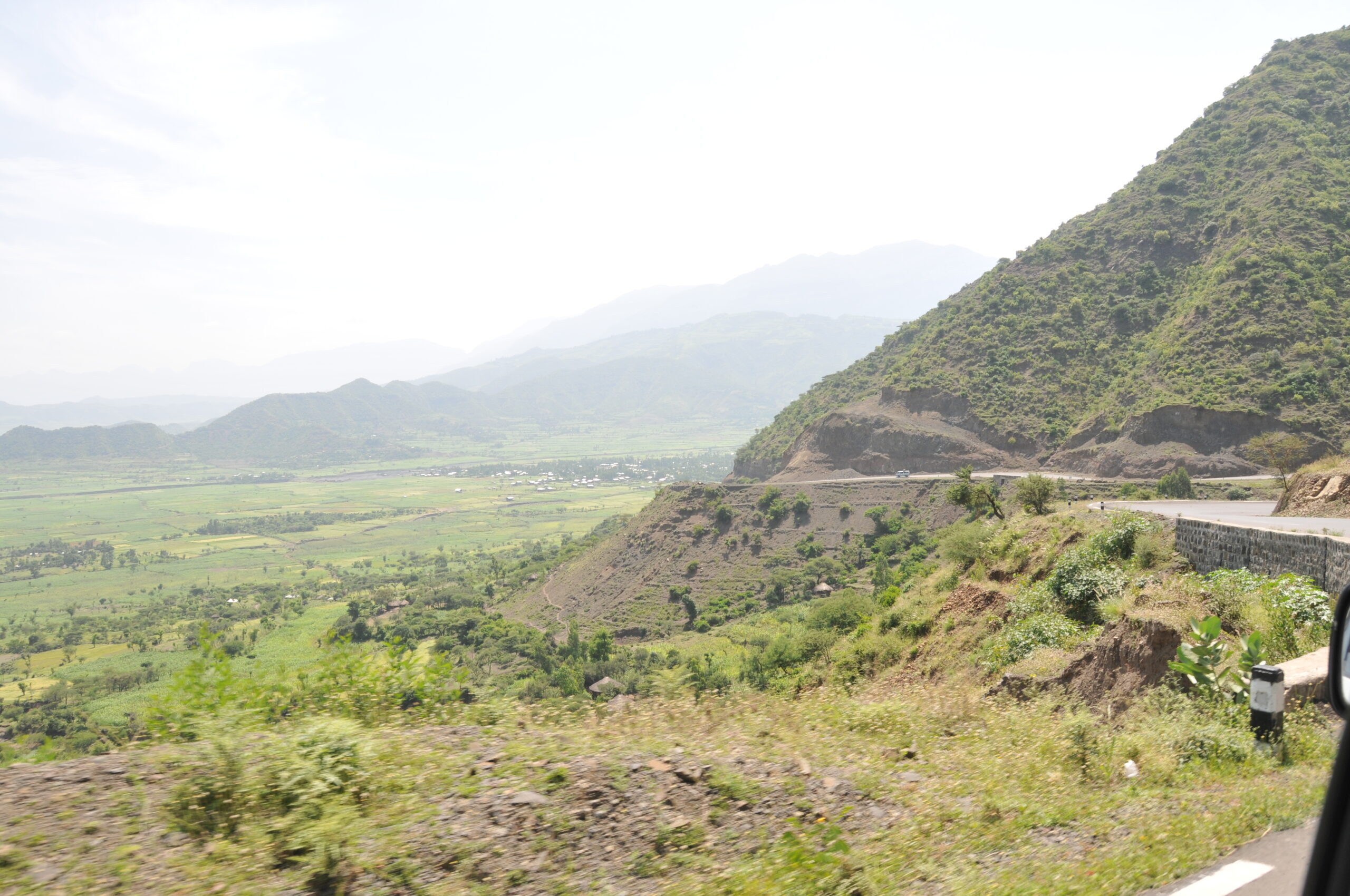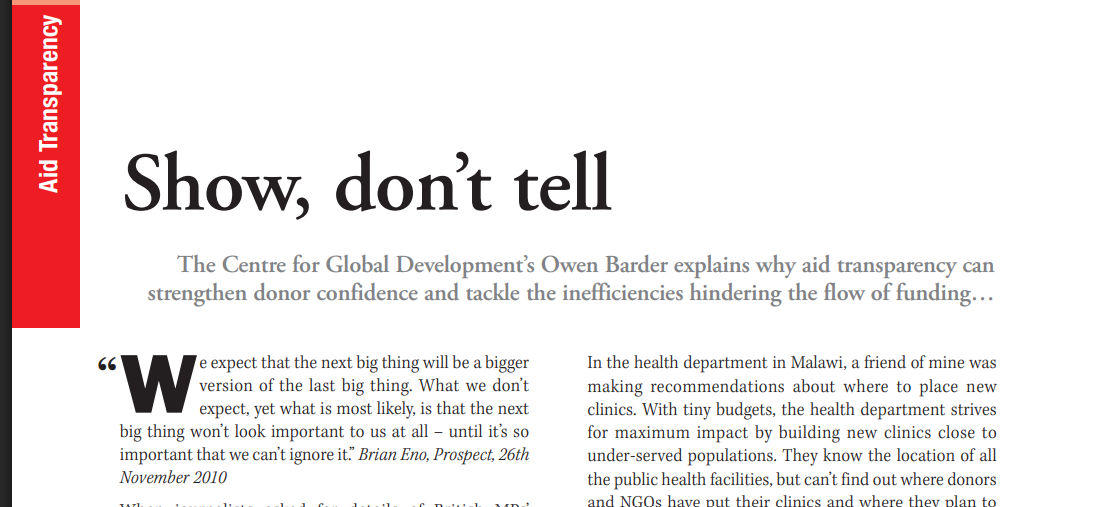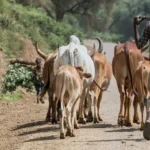-

What to read on budget processes in developing countries?
Someone working on the budget process in a developing country contacted me with the following question:…
-

Then may we boast
Michael Woolcock sent me this excellent quote from Thomas Paine: When it shall be said in…
-

Do we want to do what really needs doing?
From La Vidaid Loca comes this excellent diagram which sets out the difference between what we…
-

Sad farewell, exciting horizons
It seems like only yesterday that we moved to Ethiopia, but our three years has come…
-

Show, don’t tell
Using a headline I borrowed from a smart colleague in DFID, there is an article by…
-

Ten steps for meaningful aid transparency
The second of a pair of posts on aid transparency: this one looking at proposed next…
-

Eight lessons from three years working on transparency
I’ve spent the last three years working on aid transparency. As I’m moving on to an…
-
![Global development challenges [podcast]](https://owen.org/wp-content/uploads/Malini_Mehra_and_Alex_Evans.jpg)
Global development challenges [podcast]
A new edition of the Development Drums podcast is now available online. Malini Mehra from the Center…
-

Does the public care about development?
Development advocates have to make the case for aid. They are right to say that development…
-

Answers on a postcard, please
Like Chris Blattman, I’ve just been ‘interviewed’ by email by a journalist writing a series of…





